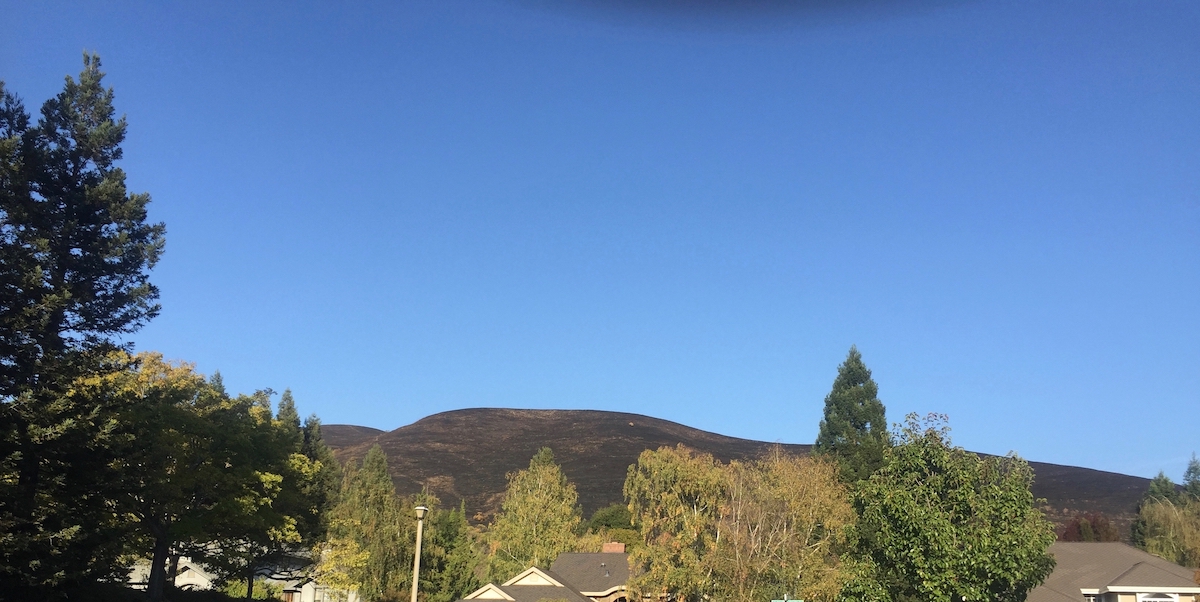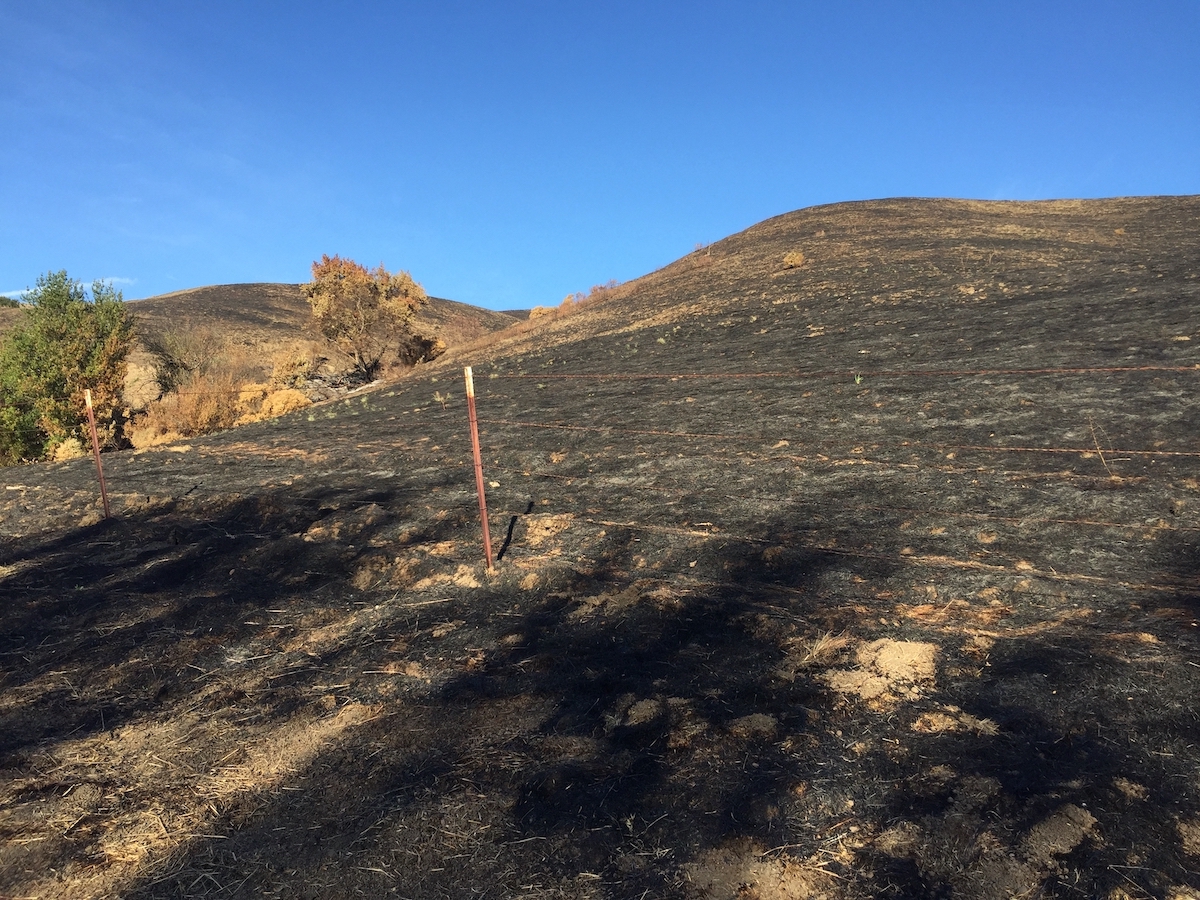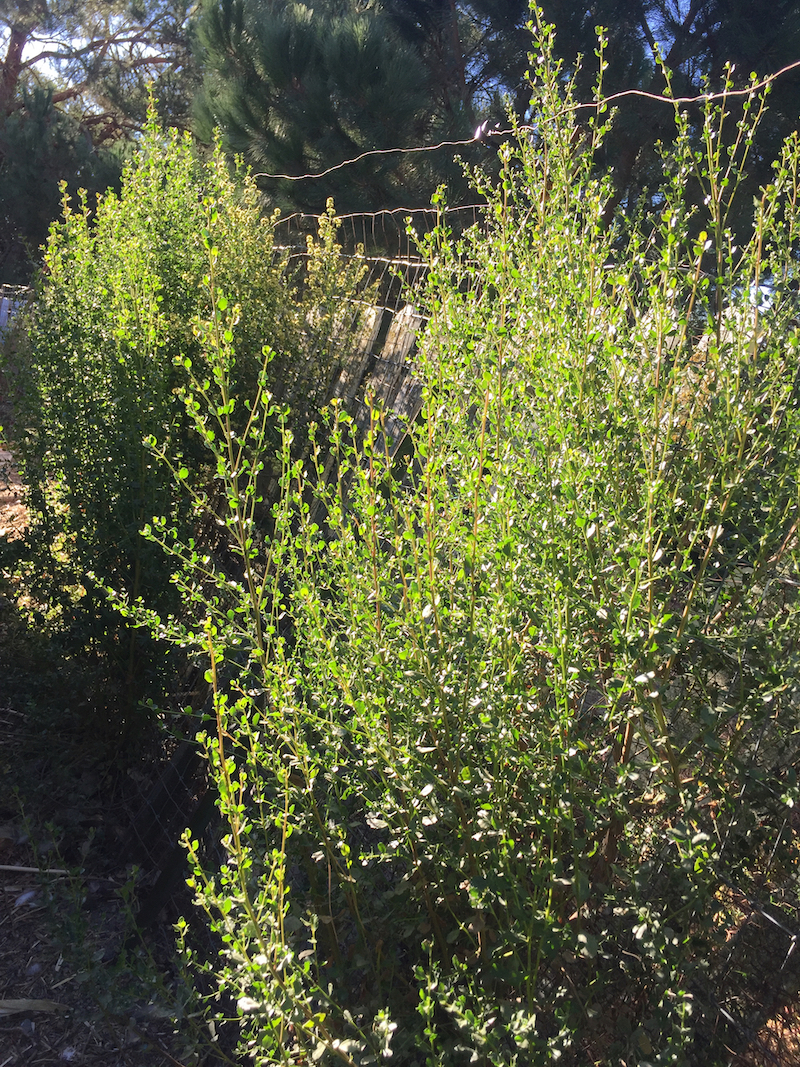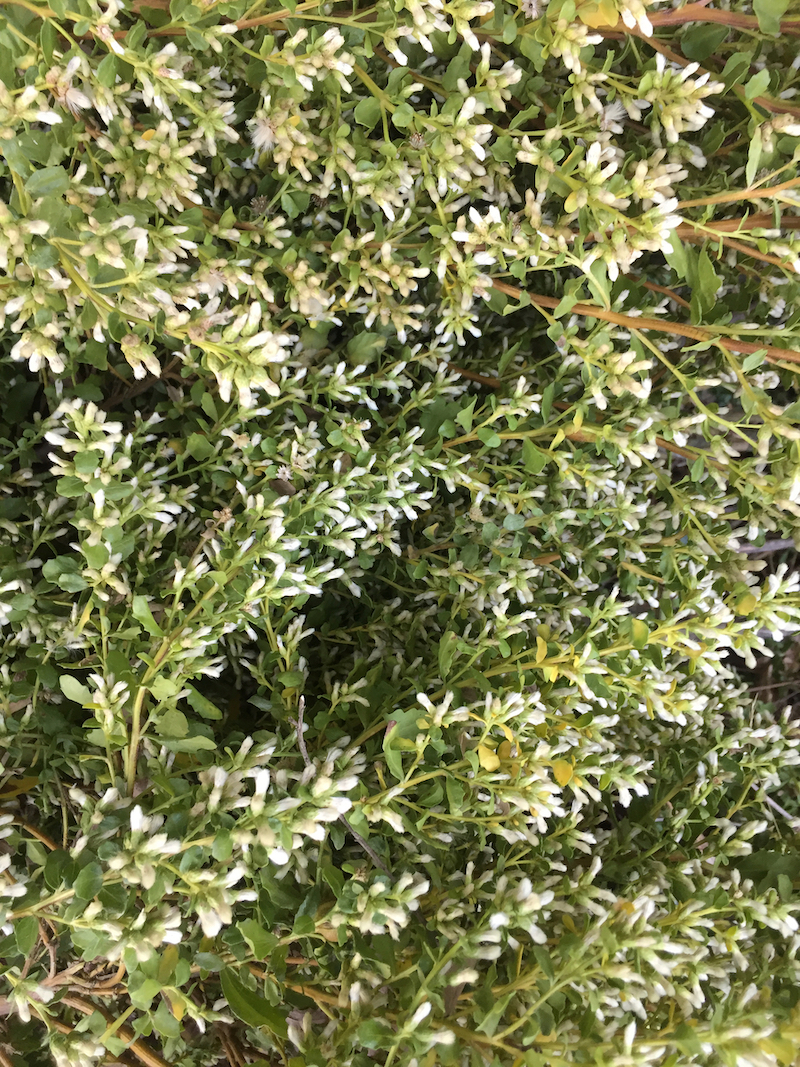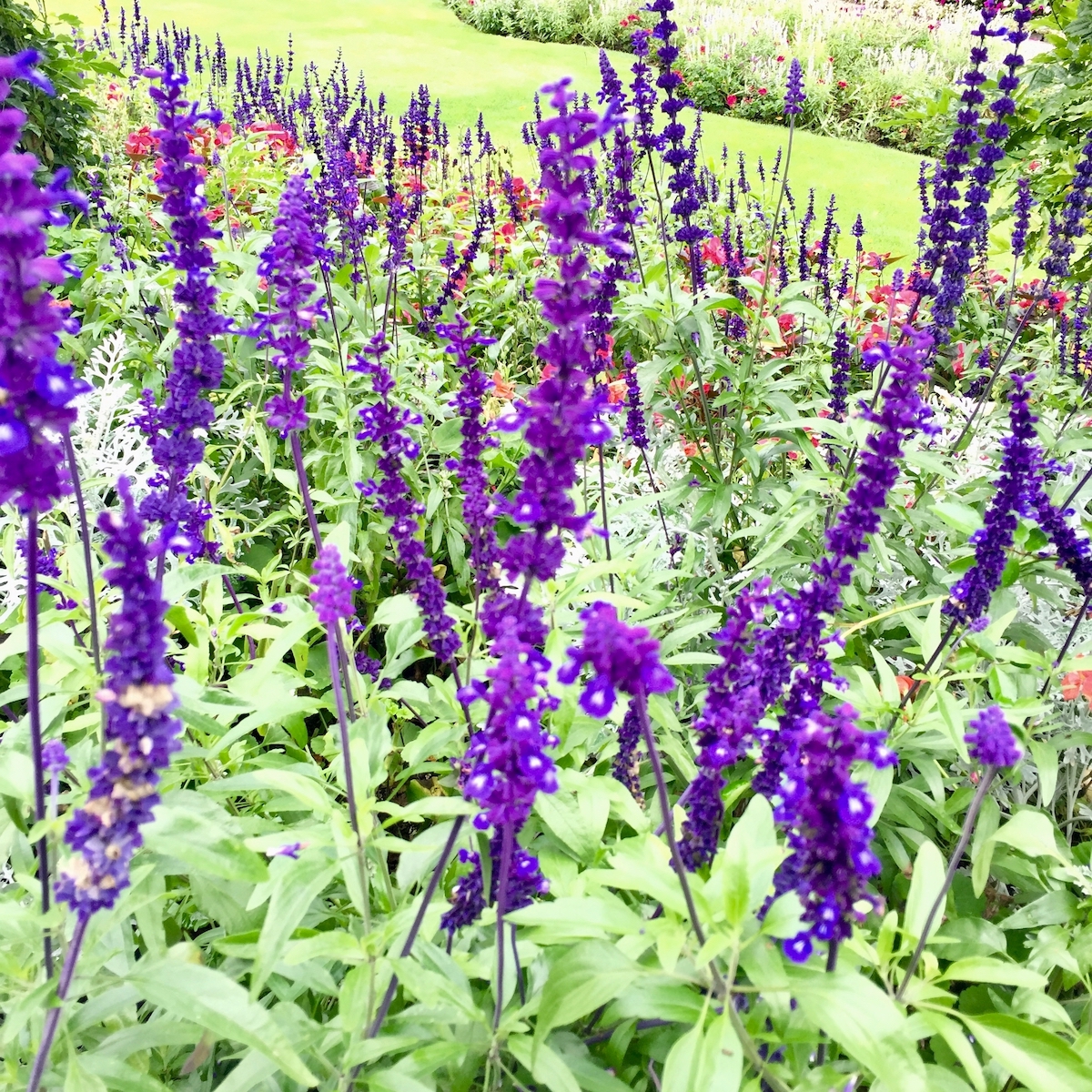“Starry, starry night
Flaming flowers that brightly blaze
Swirling clouds in violet haze.” Don McLean
In 1889, post-impressionist, Vincent Van Gogh, painted one of his most memorable paintings, The Starry Night, as he looked out of his asylum east window. On October 10, 2019, when I looked out our east window, the starry night was aglow with flames and they were not the brightly blaze of flaming flowers. Normally, I look forward to the month October because of the frivolity of Halloween. Costumes, candy, scarecrows, black cats, ghosts, ghouls, jack o ’lanterns, and trick or treating offer children a scary evening of amusement. It was a scary, scary night, but it was not Halloween.
The power was off and a fire erupted racing down the hill to a neighborhood fast asleep. Firefighters were swift and efficient evacuating the community and containing the inferno. Police officers assisted in maintaining peace and safety. Fortunately, all structures were saved and no injuries were incurred, thanks to the professional first responders. Gardens and landscapes survived the blaze with only a few fences being torched.
What homeowners need to know to be more fire-safe:
The area where I live in Northern California is rural, wooded, with minimal escape routes. Many of the plants and trees growing throughout our area are highly flammable including pines, cypress, cedar, fir, bamboo, acacia, juniper, Pampas grass, rosemary, ivy, arborvitae, miscanthus, and eucalyptus. Coyote brush, although moderately fire-resistant when it is young and green, is highly combustible as it grows. It depends on fires to regenerate and grows everywhere in our hills. All of these plants need to be removed or carefully supervised. Since heat moves up, fire speed and severity is stronger on slopes where vegetation management is crucial.
Autumn is a prime time to prepare your landscaping for the next season and create a defensible space around your property. A defensible space is an area around a structure that has been cleared of ignitable debris and botanicals that may cause a public safety hazard. No plant is fireproof. Under the right conditions, every plant will burn, especially those that are drought-stressed or not maintained. A “fire-safe” plant means that it tends not to be a significant fuel source in itself with a chemical composition that resists heat and combustion. It is critical to keep plants around our homes well tended and pruned as a fire protection tool. The closer plants are to the house, the more care is needed. Every homeowner is responsible for managing their vegetation to meet Fire District requirements.
Neighborhoods are encouraged to form a committee to receive advice from local fire professionals on how to be Fire Wise. Being Fire Wise is dependent on the diligence of everyone in a neighborhood to keep property fire safe. Fires do not honor property lines. All properties become indefensible when one neighbor has overgrown bushes, brush, or low hanging trees.
What makes flora highly flammable?
- ϖ Dry and dead leaves, twigs, branches
- ϖ Abundant, dense foliage
- ϖ Needles
- ϖ Low moisture foliage
- ϖ Peeling, loose bark
- ϖ Gummy sap
- ϖ Leathery or aromatic leaves
- ϖ Content of terpene, oils, or resin
- ϖ Dry uncut grasses
What makes flora reasonably fire-resistant?
- ϖ Hardy, slow-growing plants that don’t produce litter or thatch.
- ϖ Drought tolerant natives with internal high water content. Generally, but not always, California natives are more tolerant of fire and deer.
- ϖ Trees with thick bark that restrict the growth of invasive shrub species and hardwood trees such as walnut, cherry, maple, and poplar are less flammable. Deciduous trees and shrubs are more fire resistant because they have higher moisture content when in leaf, lower fuel volume when dormant, and usually do not contain flammable oils.
- ϖ Supple, moist leaves with little to no sap or resin residue.
- ϖ Low growing ground covers.
- ϖ Bulbs with dried leaves cut to the ground.
What can you do now to create a more fire-resistant landscape?
- ϖ Include pavers, bricks, pavement, gravel, rocks, dry creek beds, fountains, ponds, pools, and lawns.
- ϖ Select high moisture plants that grow close to the ground with a low sap and resin content
- ϖ Plant the right plant in the correct location. Leave space between plants.
- ϖ Minimize the inclusion of evergreen trees within thirty feet of structures. Clear the understory. Keep trees twenty feet away from chimneys.
- ϖ Remove invasive species or swaths of flammable plants including ivy, rosemary, broom, coyote brush, chamise, and juniper.
- ϖ Keep mulch moist. Create zones of rock, brick, or gravel. Bark and leaves are not mulches recommended near structures.
- ϖ Prune trees 6-10 feet above the ground to hinder fire laddering.
- ϖ Keep appropriate clearance to reduce the threat of burning embers from decorative features such as gazebos, fences, sheds, porches, and junk areas.
- ϖ Irrigate and maintain all flora, lawns, and hillsides. Clover, groundcovers, and grasses that are kept low and green are excellent alternatives.
- ϖ Due to soil erosion, bare ground is not recommended.
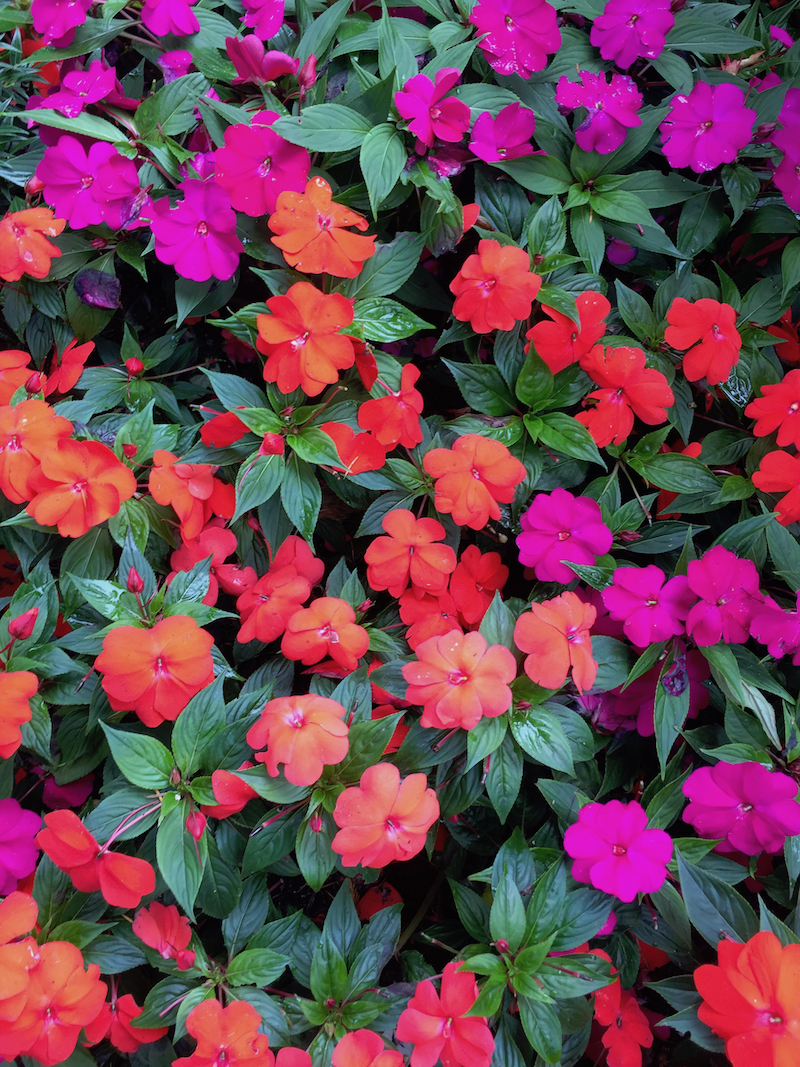
Helpful Websites
- ϖ National Fire Protection Association: https://www.nfpa.org
- ϖ Moraga Orinda Fire District: http://www.mofd.org
- ϖ University of California Cooperative Extension: https://ucanr.edu/sites/fire/Prepare/Landscaping/Plant_choice/
- ϖ Fire Safe Marin: https://www.firesafemarin.org
- ϖ Pacific Northwest Fire Resistant Plants: http://www.firefree.org/wp-content/uploads/2016/02/Fire-Resistant-Plants.pdf
- ϖ Las Pilitas Nursery (Located in Santa Margarita, this website lists deer and fire-resistant flora plus burn times.) https://www.laspilitas.com/easy/deerfire.htm
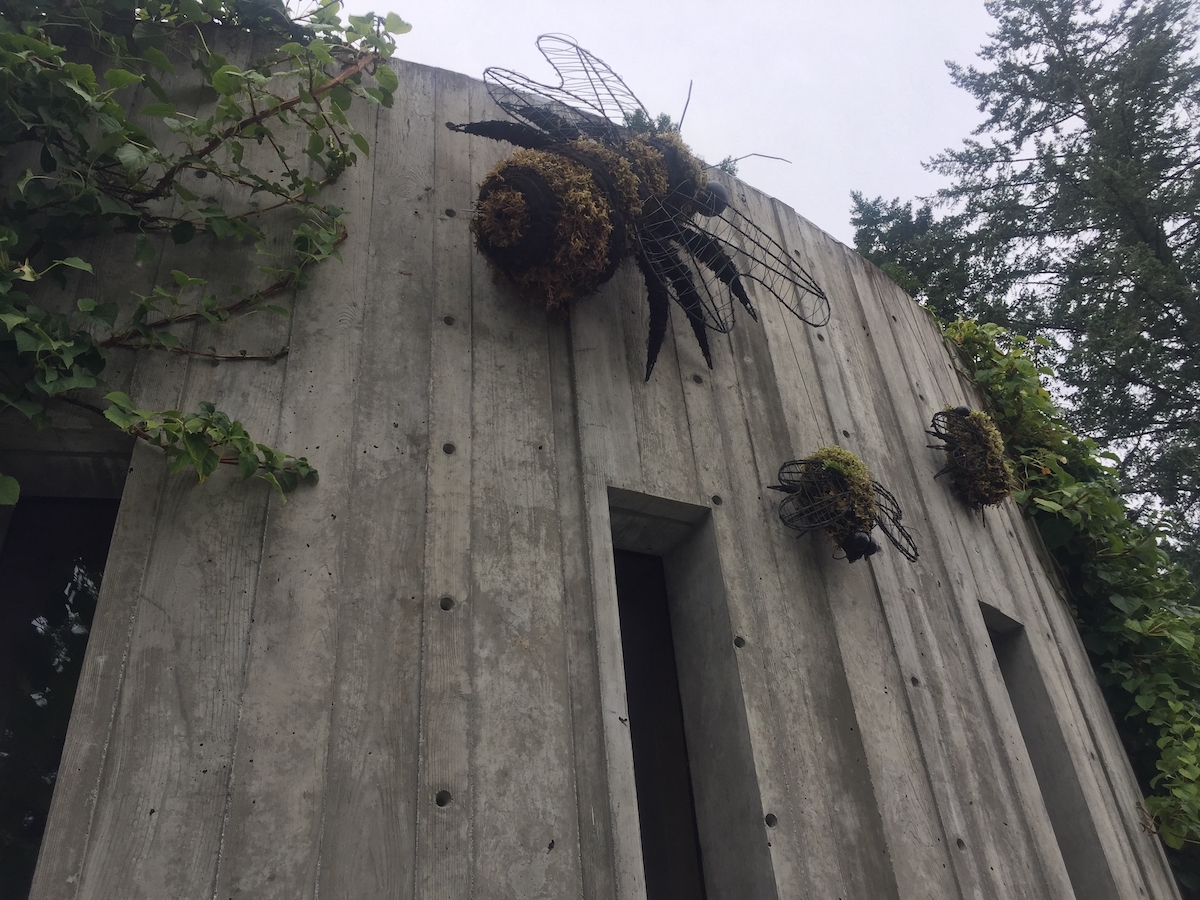
Sign Up for Alerts
- ϖ Location-specific alert is Contra Costa County Community Warning System: https://cwsalerts.com
- ϖ General alert: http://www.nixle.com
Having had warning of the looming PGE blackout, I had deeply irrigated my entire garden and hillside. An alert from EBMUD instructed that in a power outage, water must be used judiciously, so as a pre-emptive measure, I watered my landscape thoroughly, soaking the grass, shrubs, mulch, trees, and fences. Throughout the summer, thrice, I had weed-whacked the tall grass surrounding my property and that of neighbors, pruned low hanging tree branches, and a week before the fire I had, thankfully, cut the dry perennials to the ground. These are steps I encourage all homeowners to undertake. Maintaining our landscaping is a never-ending task mandatory for both our pleasure and protection.
Let’s participate in keeping the fire-breathing dragon away! Enjoy a safe and scary evening of Trick or Treating under the starry skies!
Happy Gardening. Happy Growing. Happy Halloween!
Cynthia Brian, The Goddess Gardener, raised in the vineyards of Napa County, is a New York Times best-selling author, actor, radio personality, speaker, media and writing coach as well as the Founder and Executive Director of Be the Star You Are!® 501 c3.
Tune into Cynthia’s StarStyle® Radio Broadcast at www.StarStyleRadio.com.
Buy a copy of her books, Growing with the Goddess Gardener and Be the Star You Are! Millennials to Boomers at www.cynthiabrian.com/online-store.
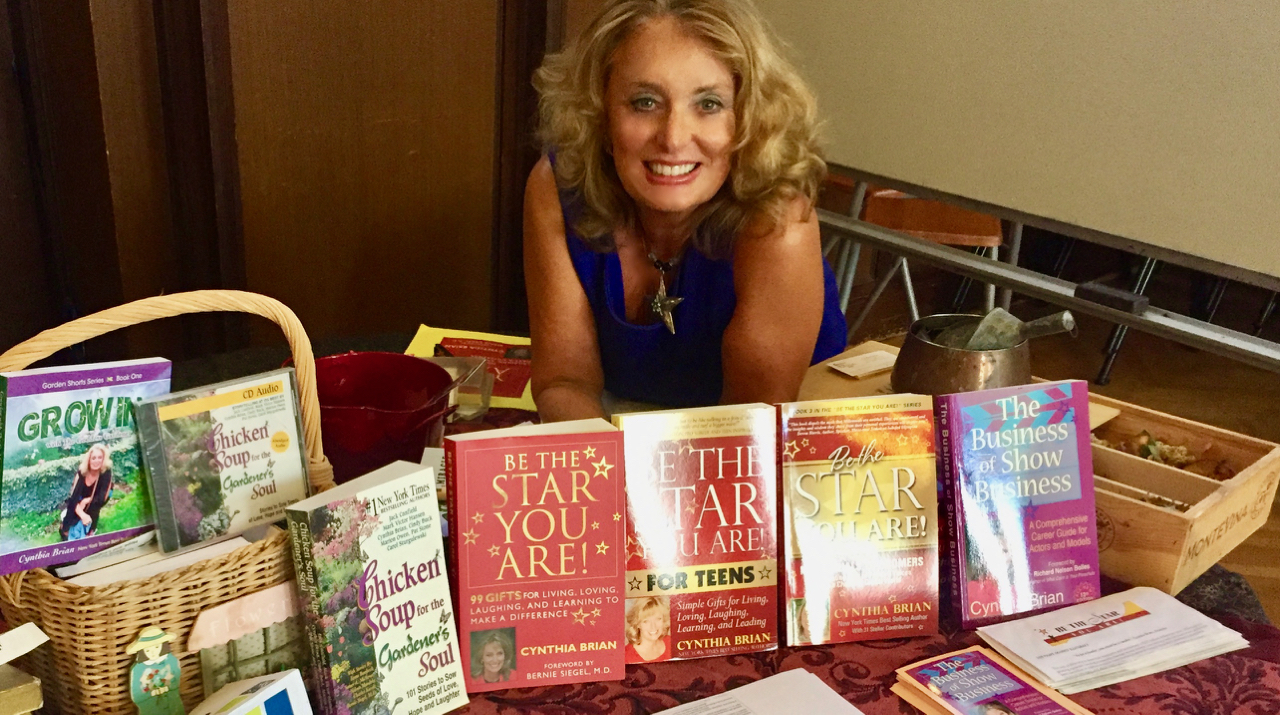
Hire Cynthia for writing projects, garden consults, and inspirational lectures.
Cynthia@GoddessGardener.com


